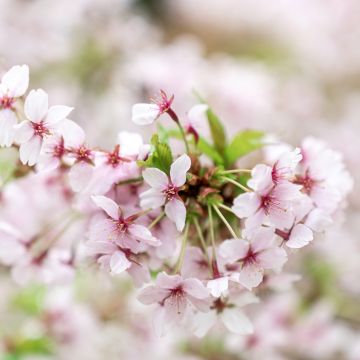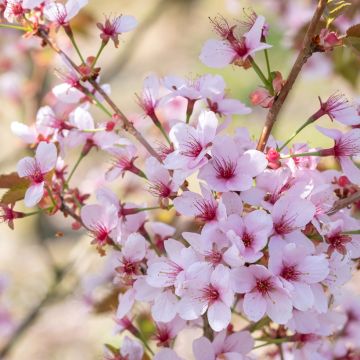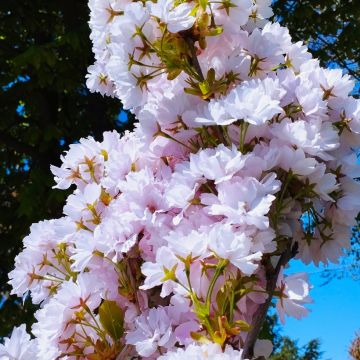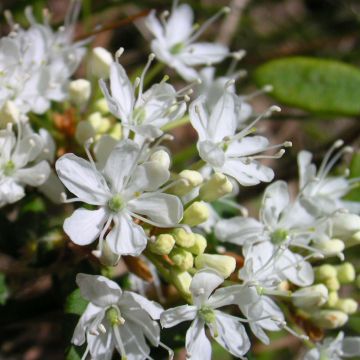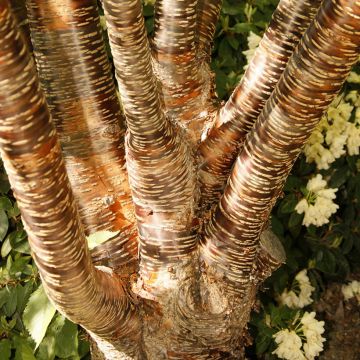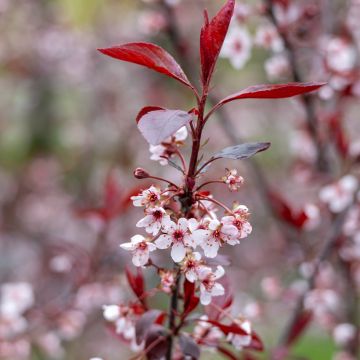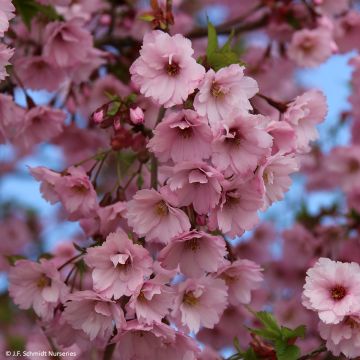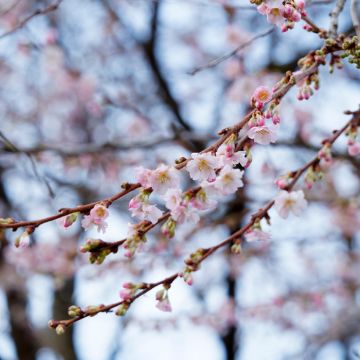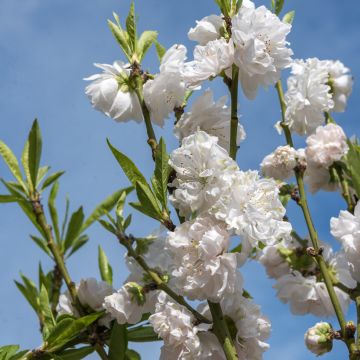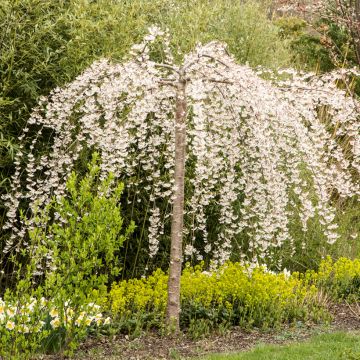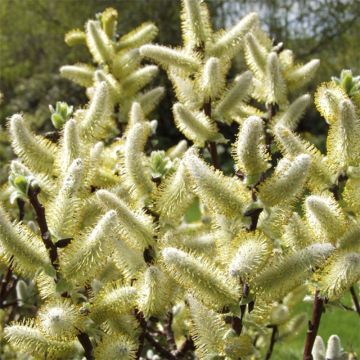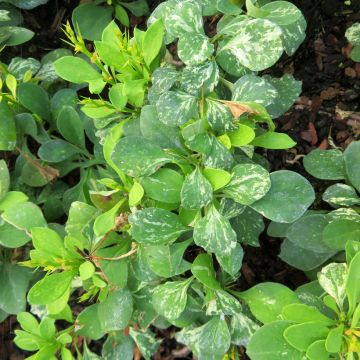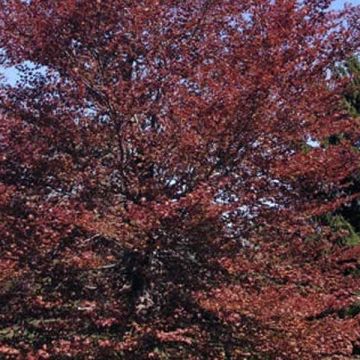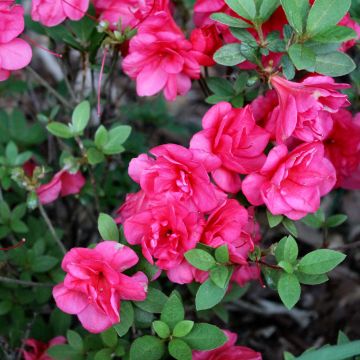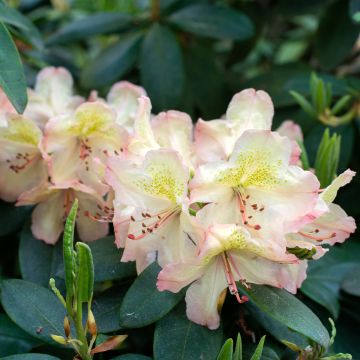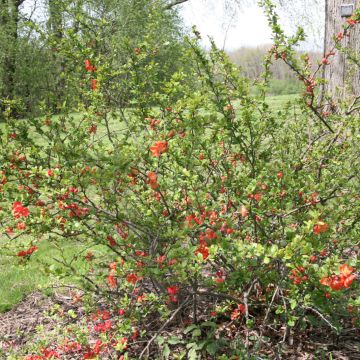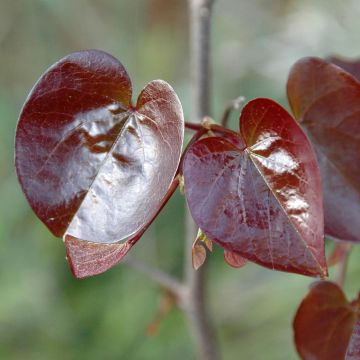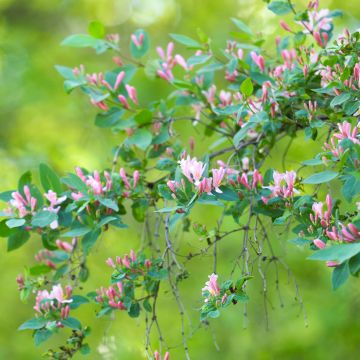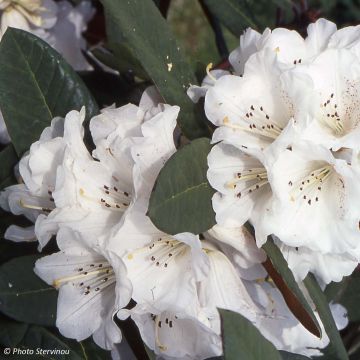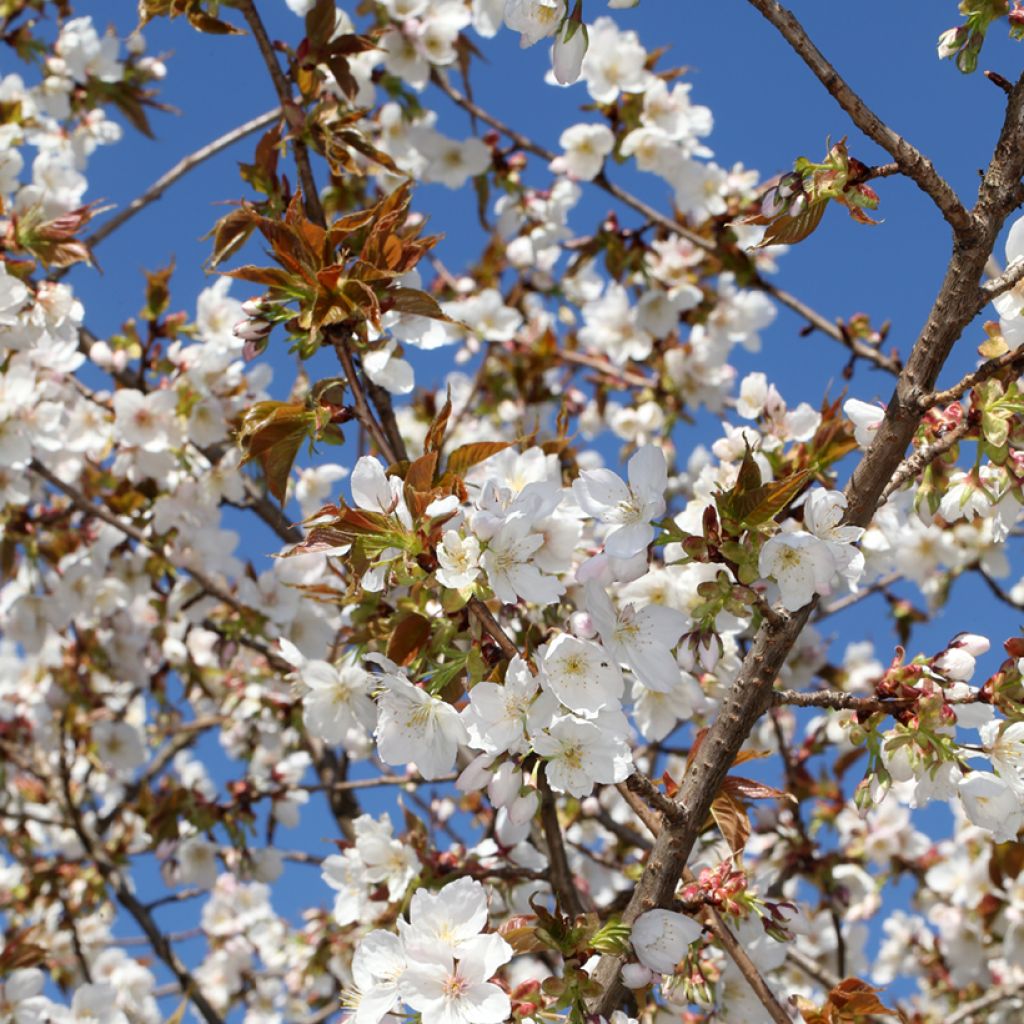

Prunus serrulata Tai haku - Japanese Cherry
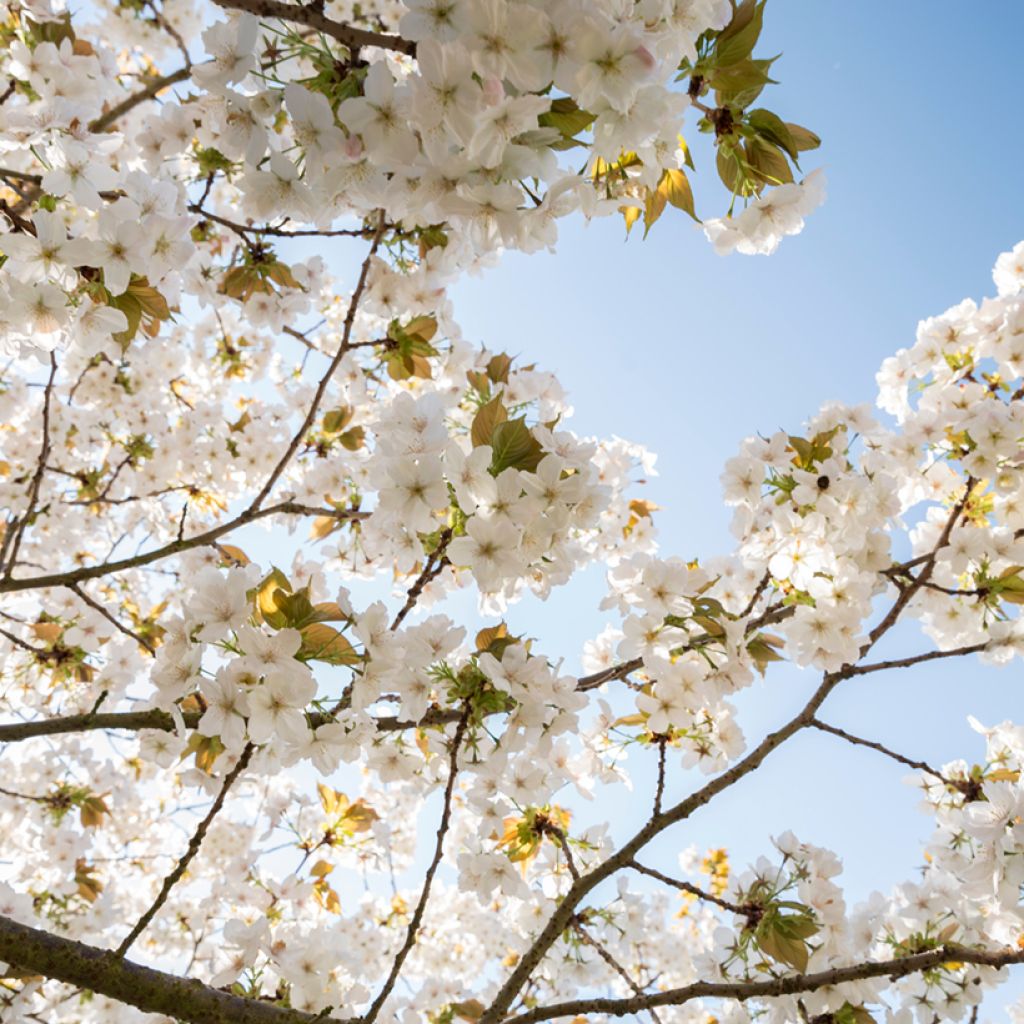

Prunus serrulata Tai haku - Japanese Cherry
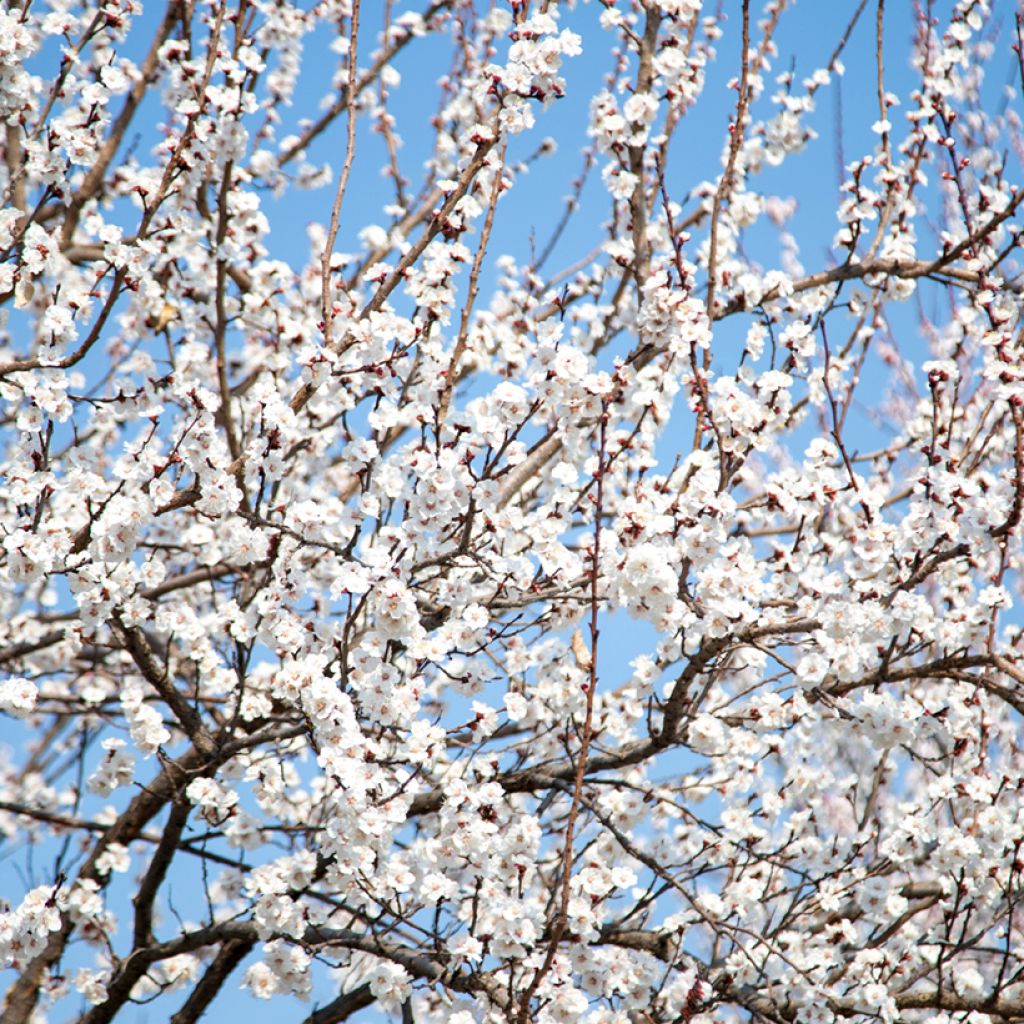

Prunus serrulata Tai haku - Japanese Cherry
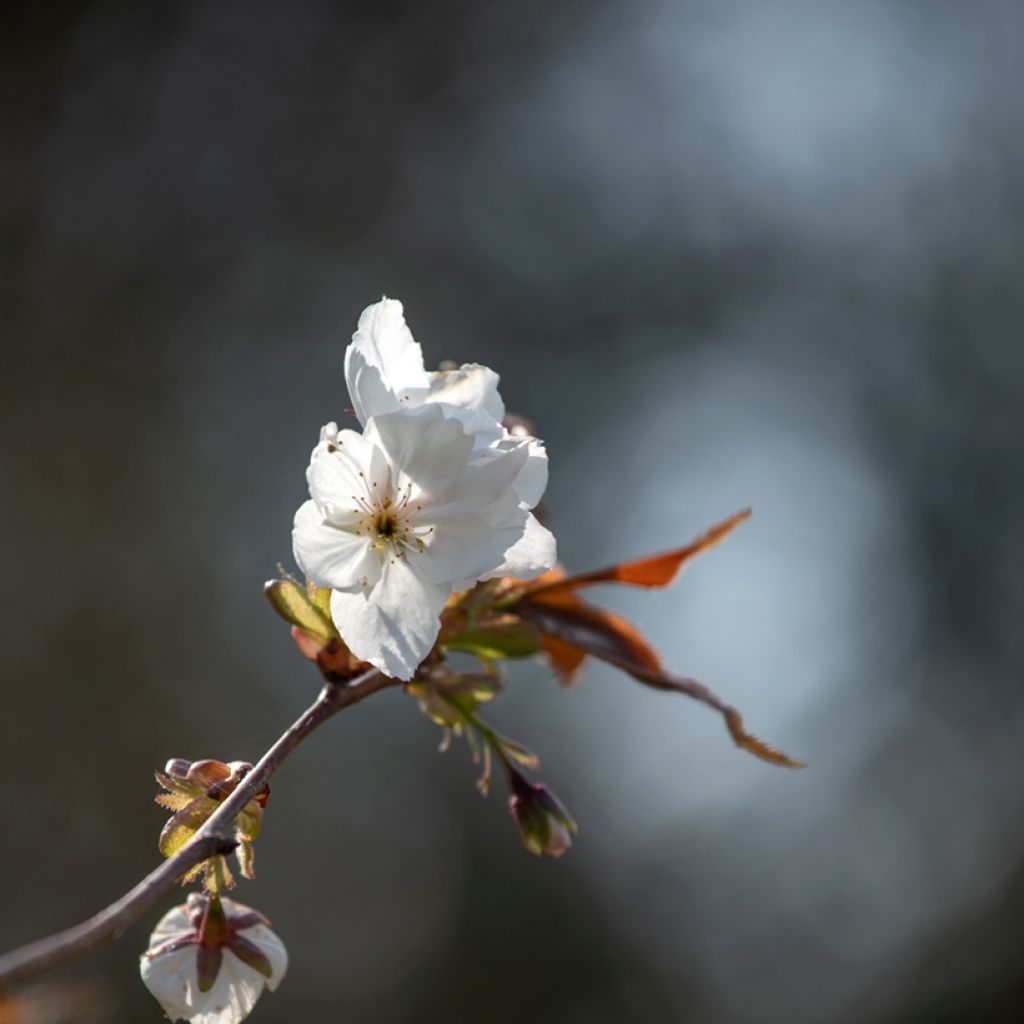

Prunus serrulata Tai haku - Japanese Cherry
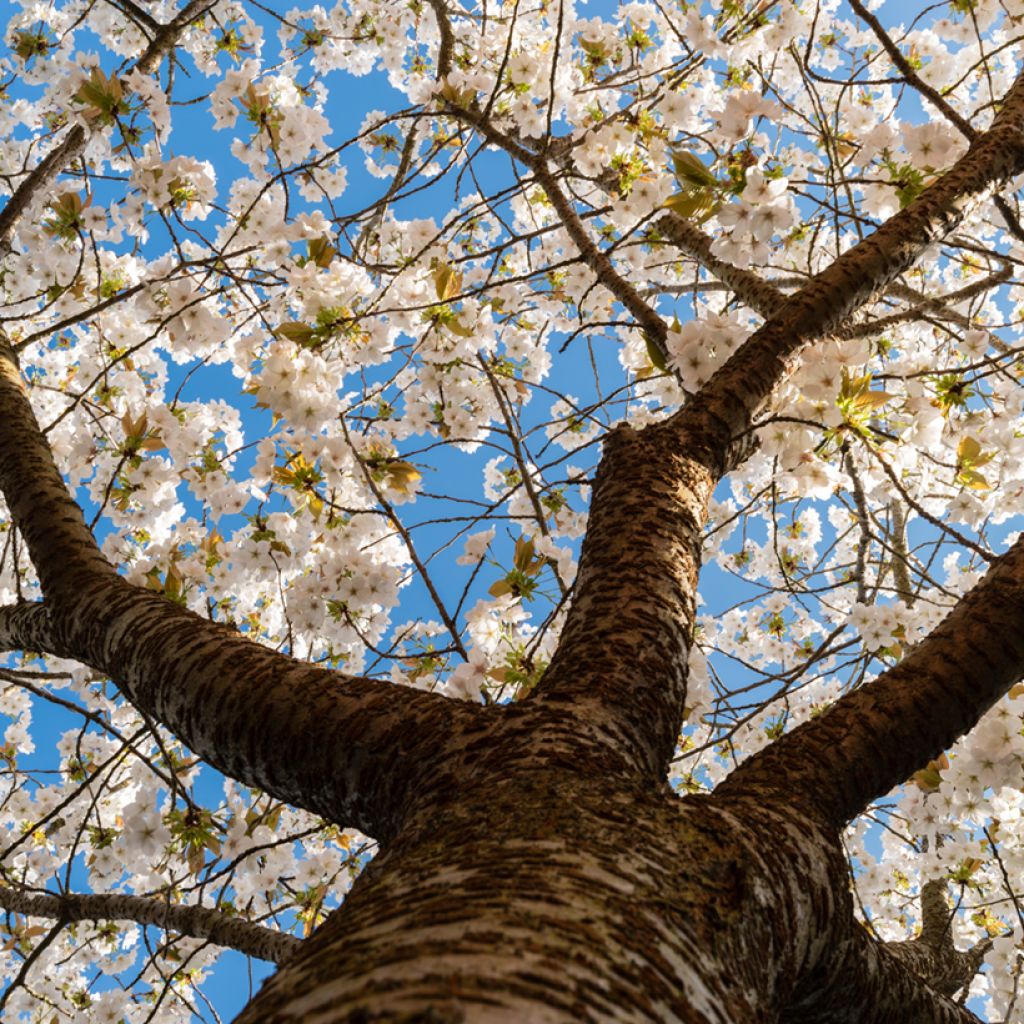

Prunus serrulata Tai haku - Japanese Cherry
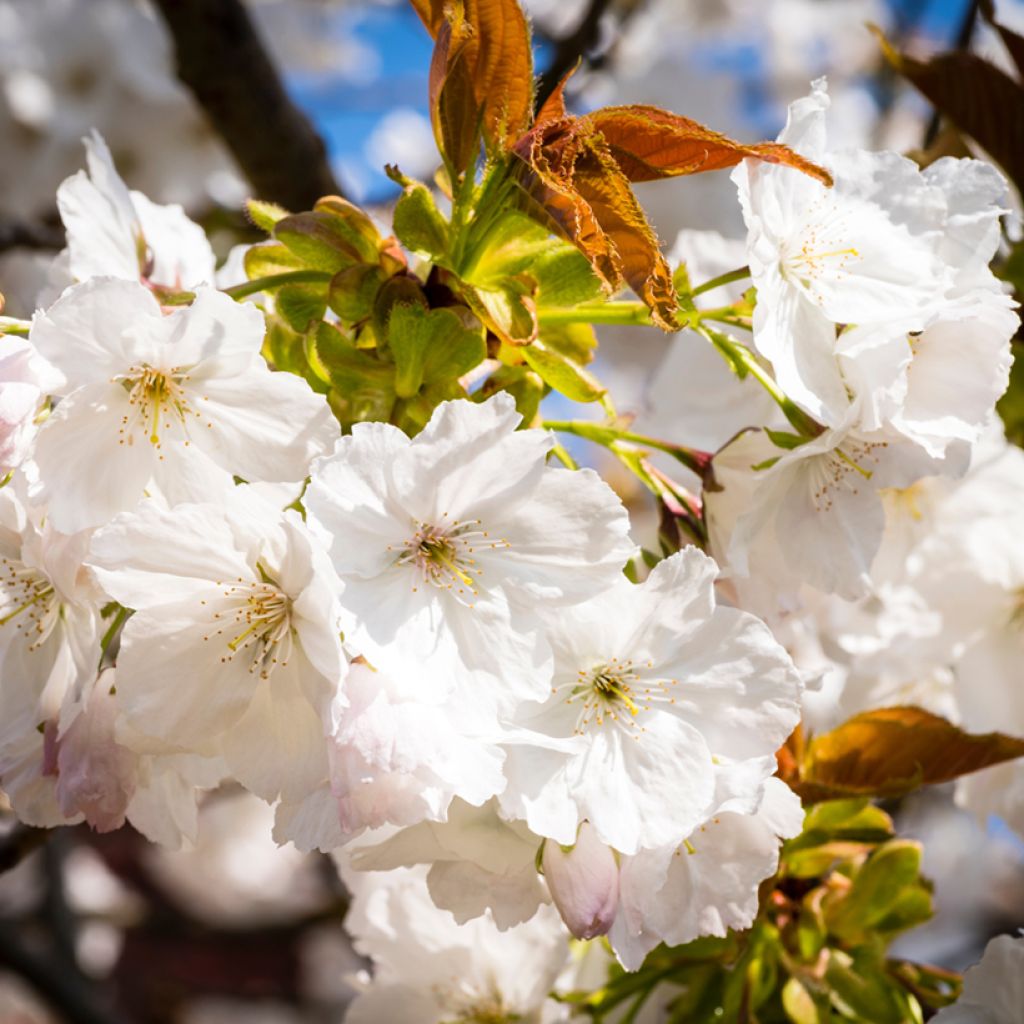

Prunus serrulata Tai haku - Japanese Cherry
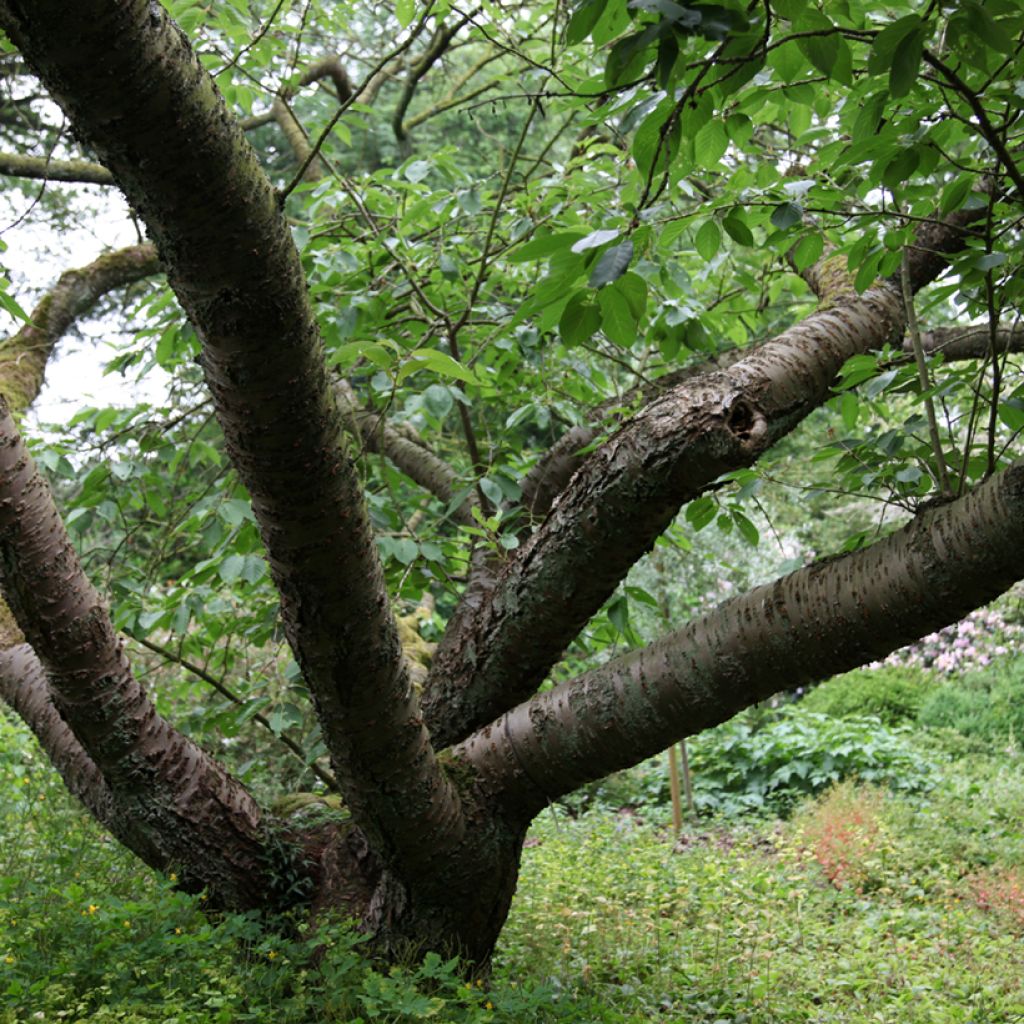

Prunus serrulata Tai haku - Japanese Cherry
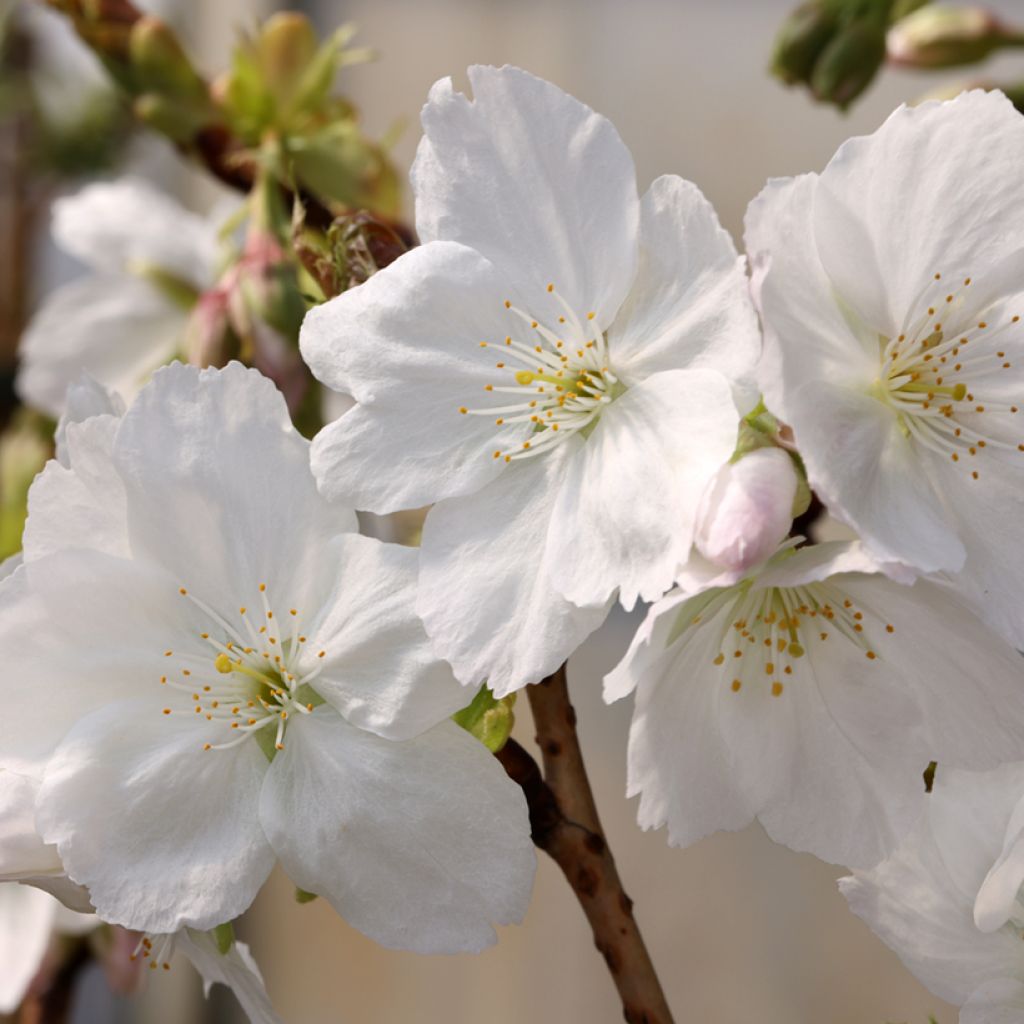

Prunus serrulata Tai haku - Japanese Cherry
Prunus serrulata Tai haku - Japanese Cherry
Prunus serrulata Tai-haku
Japanese Cherry, Cherry Blossom, Oriental Cherry, Flowering cherry tree, Ornemental Cherry tree
This item cannot be shipped to the selected country
Oversize package delivery charge from €6.90
Delivery to Corse prohibited
More information
Schedule delivery date,
and select date in basket
This plant carries a 24 months recovery warranty
More information
We guarantee the quality of our plants for a full growing cycle, and will replace at our expense any plant that fails to recover under normal climatic and planting conditions.
Oversize package: home delivery by special carrier from €6.90 per order..
Express home delivery from €8.90.
Delivery to Corse prohibited: UE law prohibits the import of this plant from mainland France to Corse as part of the fight against Xylella fastidiosa. Please accept our sincere apologies.
More information
Does this plant fit my garden?
Set up your Plantfit profile →
Description
Prunus serrulata 'Taihaku', also known as the ‘Tai-Haku’ Flowering Cherry or the ‘Great White Cherry’ Japanese Cherry, is a vigorous cultivar that stands out for its spectacular spring flowering. In spring, its branches are covered with particularly large flowers ranging from pale pink to snow white. They transform its broadly spreading crown, as does its autumn foliage. Consider the span of this tree before adopting it in your garden, as it can reach up to 8 metres!
Belonging to the Rosaceae family, Prunus serrulata 'Tai haku' is native to Japan and was rediscovered in England in the early 20th century. It descends from the Prunus serrulata, a small tree with a dense crown and fine bark native to Asia, specifically Japan, Korea, and China. This species is also known as the Japanese Cherry, Hill Cherry, Japanese Flowering Cherry, or Eastern Cherry.
The cultivar 'Tai haku' exhibits rapid growth. This small tree forms a short trunk topped with a fan-shaped crown, becoming wide and spreading over time. Ultimately, it will reach between 5 and 7 m in height with a width of 7 to 8 m. Flowering occurs during the last two weeks of April, taking the form of light pink flower buds that open into flowers 5 to 6 cm in diameter, initially pink and turning pure white. This nectar-rich and honey-producing flowering often occurs before the leaves appear. The young, reddish-brown leaves turn dark green in summer. They are very large elliptical leaves with a toothed edge that can measure up to 16 cm long and 10 cm wide. In autumn, they are adorned with magnificent yellow and orange hues. This variety rarely produces fruit.
The Hill Cherry 'Tai haku', with a strong personality, will naturally find its place either in isolation or aligned along a wide pathway. It can also be planted at the back of a perennial bed or behind small flowering bushes with staggered bloom times. To adorn its base, use silver basket (Cerastium), a small creeping clematis (Clematis jouiniana 'Robert Brydon') or bluebells that will not overshadow its splendour. One might also consider planting a small pink clematis to brighten its foliage in summer (Clematis 'Little Mermaid', Josephine).
Prunus serrulata 'Tai haku' was considered extinct in Japan. In 1930, it existed only in an old painting. The English captain and botanist Collingwood 'Cherry' Ingram, while examining this canvas, recognised the exceptionally large flower he had admired on an old tree in Sussex, England. This subject turned out to be a specimen of the sadly missed cultivar introduced from Japan in 1899. By propagating it, Collingwood Ingram was able to save the Prunus serrulata 'Tai haku' and reintroduce it to Japan as well as around the world.
Report an error about the product description
Prunus serrulata Tai haku - Japanese Cherry in pictures


Plant habit
Flowering
Foliage
Botanical data
Prunus
serrulata
Tai-haku
Rosaceae
Japanese Cherry, Cherry Blossom, Oriental Cherry, Flowering cherry tree, Ornemental Cherry tree
Prunus serrulata Taihaku
Cultivar or hybrid
Other Prunus
Planting and care
Prunus serrulata 'Taihaku' thrives in full sun in any fairly rich, moist, but well-drained, fertile soil, free from excess lime or acidity. When planting, mix your soil with potting compost at a ratio of 50%. Dig a large planting hole. Be mindful of late frosts that could damage the early flowering. Similarly, wind and rain significantly shorten the flowering duration of the tree by damaging the flowers. This is why it is best to place the young plant in a somewhat sheltered location.
Planting period
Intended location
Care
This item has not been reviewed yet - be the first to leave a review about it.
Spring-flowering shrubs
Haven't found what you were looking for?
Hardiness is the lowest winter temperature a plant can endure without suffering serious damage or even dying. However, hardiness is affected by location (a sheltered area, such as a patio), protection (winter cover) and soil type (hardiness is improved by well-drained soil).

Photo Sharing Terms & Conditions
In order to encourage gardeners to interact and share their experiences, Promesse de fleurs offers various media enabling content to be uploaded onto its Site - in particular via the ‘Photo sharing’ module.
The User agrees to refrain from:
- Posting any content that is illegal, prejudicial, insulting, racist, inciteful to hatred, revisionist, contrary to public decency, that infringes on privacy or on the privacy rights of third parties, in particular the publicity rights of persons and goods, intellectual property rights, or the right to privacy.
- Submitting content on behalf of a third party;
- Impersonate the identity of a third party and/or publish any personal information about a third party;
In general, the User undertakes to refrain from any unethical behaviour.
All Content (in particular text, comments, files, images, photos, videos, creative works, etc.), which may be subject to property or intellectual property rights, image or other private rights, shall remain the property of the User, subject to the limited rights granted by the terms of the licence granted by Promesse de fleurs as stated below. Users are at liberty to publish or not to publish such Content on the Site, notably via the ‘Photo Sharing’ facility, and accept that this Content shall be made public and freely accessible, notably on the Internet.
Users further acknowledge, undertake to have ,and guarantee that they hold all necessary rights and permissions to publish such material on the Site, in particular with regard to the legislation in force pertaining to any privacy, property, intellectual property, image, or contractual rights, or rights of any other nature. By publishing such Content on the Site, Users acknowledge accepting full liability as publishers of the Content within the meaning of the law, and grant Promesse de fleurs, free of charge, an inclusive, worldwide licence for the said Content for the entire duration of its publication, including all reproduction, representation, up/downloading, displaying, performing, transmission, and storage rights.
Users also grant permission for their name to be linked to the Content and accept that this link may not always be made available.
By engaging in posting material, Users consent to their Content becoming automatically accessible on the Internet, in particular on other sites and/or blogs and/or web pages of the Promesse de fleurs site, including in particular social pages and the Promesse de fleurs catalogue.
Users may secure the removal of entrusted content free of charge by issuing a simple request via our contact form.
The flowering period indicated on our website applies to countries and regions located in USDA zone 8 (France, the United Kingdom, Ireland, the Netherlands, etc.)
It will vary according to where you live:
- In zones 9 to 10 (Italy, Spain, Greece, etc.), flowering will occur about 2 to 4 weeks earlier.
- In zones 6 to 7 (Germany, Poland, Slovenia, and lower mountainous regions), flowering will be delayed by 2 to 3 weeks.
- In zone 5 (Central Europe, Scandinavia), blooming will be delayed by 3 to 5 weeks.
In temperate climates, pruning of spring-flowering shrubs (forsythia, spireas, etc.) should be done just after flowering.
Pruning of summer-flowering shrubs (Indian Lilac, Perovskia, etc.) can be done in winter or spring.
In cold regions as well as with frost-sensitive plants, avoid pruning too early when severe frosts may still occur.
The planting period indicated on our website applies to countries and regions located in USDA zone 8 (France, United Kingdom, Ireland, Netherlands).
It will vary according to where you live:
- In Mediterranean zones (Marseille, Madrid, Milan, etc.), autumn and winter are the best planting periods.
- In continental zones (Strasbourg, Munich, Vienna, etc.), delay planting by 2 to 3 weeks in spring and bring it forward by 2 to 4 weeks in autumn.
- In mountainous regions (the Alps, Pyrenees, Carpathians, etc.), it is best to plant in late spring (May-June) or late summer (August-September).
The harvesting period indicated on our website applies to countries and regions in USDA zone 8 (France, England, Ireland, the Netherlands).
In colder areas (Scandinavia, Poland, Austria...) fruit and vegetable harvests are likely to be delayed by 3-4 weeks.
In warmer areas (Italy, Spain, Greece, etc.), harvesting will probably take place earlier, depending on weather conditions.
The sowing periods indicated on our website apply to countries and regions within USDA Zone 8 (France, UK, Ireland, Netherlands).
In colder areas (Scandinavia, Poland, Austria...), delay any outdoor sowing by 3-4 weeks, or sow under glass.
In warmer climes (Italy, Spain, Greece, etc.), bring outdoor sowing forward by a few weeks.

































